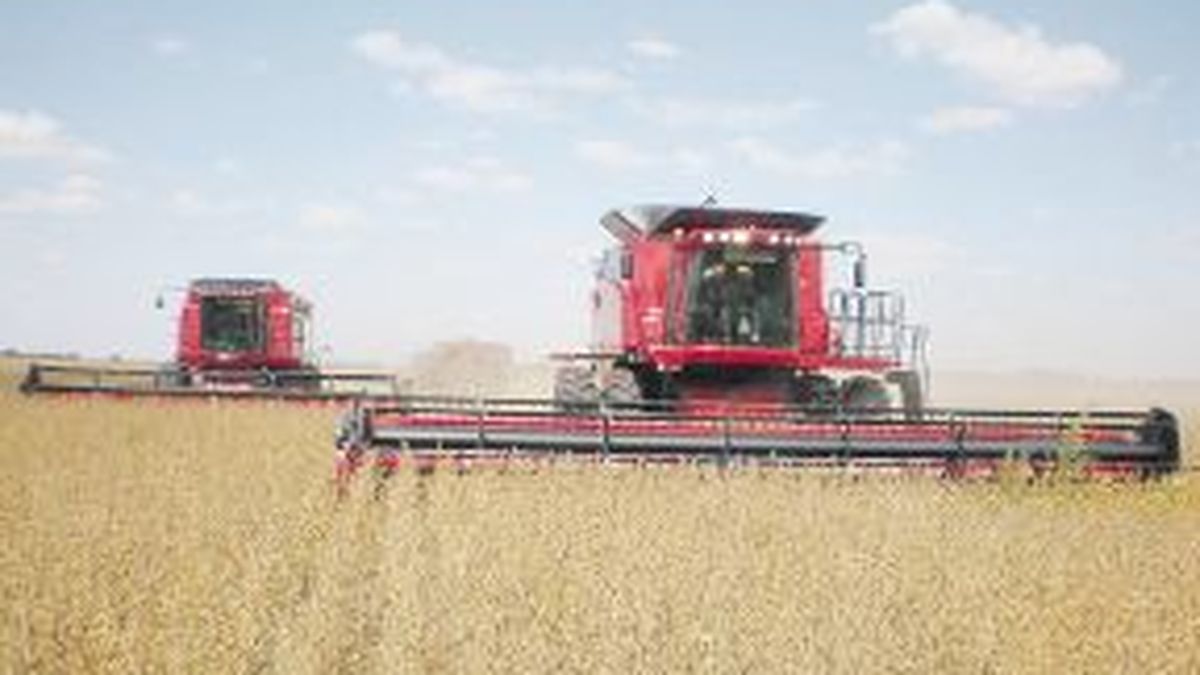importers, Food manufacturers and livestock producers had hoped crop availability would improve after Ukraine resumed shipments from Black Sea ports this summer and American farmers planted big crops.
Nevertheless, The United States, the world’s top corn producer, is expected to reap its smallest crop in three years. The drought has also hit European crops and threatens the upcoming planting season in South America.
By the end of the 2022/23 crop year, global corn stocks will be enough for 80 days of consumption, down 28% from five years ago and the lowest level since 2010/11, according to figures compiled for Reuters by the International Grains Council, an intergovernmental organization.
That would be fewer days of corn stocks than the world had in 2012, when the last global food crisis sparked riots.
The World Bank has earmarked $30 billion to help offset food shortages aggravated by war, and US President Joe Biden announced nearly $3 billion more in funding last week to combat global food insecurity.
For its part, half a million Somali children face hunger in the worst famine of this centuryaccording to United Nations, as a severe drought hits the Horn of Africa.
The shortage of grain supplies reflects the impact of climate change on crop production, as well as the growing global demand for cattle that feed on corn, consuming reserves.
Inventories of all grain harvested worldwide will reach the lowest level of the last eight years at the end of this agricultural season, the International Grains Council reported on Thursday.
Bad weather could further reduce global inventories, especially if the current dry weather in South America extends into the main planting season, when the crop cycle shifts to the southern hemisphere.
Crop forecasts in Argentina, the world’s third-largest corn exporter, are already being lowered due to dry weather.
According to the consultant Strategy Grains, European Union production is expected to reach the lowest level of the last 15 years, which will force the bloc to increase imports from Ukraine in 2022/23 by 30% compared to the previous year, to 10.4 million tons.
Ukrainian exports of corn and wheat have increased since an agreement with Russia, sponsored by the UN, allowed the resumption of shipments from the ports blocked since the beginning of the war. However, it remains to be seen how much Ukraine will be able to export, especially if the war drags on.
“It’s kind of a false hope that Ukraine is going to bridge the current gap between supply and demand,” said Gary Blumenthal, director of the Washington-based agricultural consultancy World Perspectives.
Ukraine is expected to harvest 25-27 million tons of corn in 2022, below the 42.1 million tons of 2021, after the Russian invasion, according to official estimates.
War-related sanctions mean Russia is also struggling to export what is expected to be a record wheat crop.
Farmers in China, meanwhile, have had to deal with dryness, threatening harvests, while India has limited rice exports due to bad weather.
Importers are setting their sights on South America, where Brazil is expected to produce record corn and soybean crops in 2023, according to analysts and the government.
Farmers are hoping for better weather for soybean plantings that are underway after drought ruined part of last season’s crop.
In Argentina, nevertheless, The Rosario Cereal Exchange forecasts that the plantations that have just started for the 2022/2023 corn harvest will fall by 7% compared to last season, to 8 million hectares due to drought.
The Argentine government has also limited the export of the crop, to be planted in the coming weeks, at an initial 10 million tons, compared to 36 million tons in the 2021/22 corn season.
Source: Ambito
David William is a talented author who has made a name for himself in the world of writing. He is a professional author who writes on a wide range of topics, from general interest to opinion news. David is currently working as a writer at 24 hours worlds where he brings his unique perspective and in-depth research to his articles, making them both informative and engaging.




